|
by Herb Pearce Have you eaten your oatmeal today? If not, you can drink your oats and lessen your anxiety at the same time. I’ve chosen oatstraw as the remedy for Enneagram Type 6 — the Questioner — who tends to ask a lot of questions in order to relieve their anxiety of worst case scenario thinking. 6s tend to react to their fears and concerns and forget about what is secure or positive. Many of us have fear and anxiety in today’s world and we can turn to oats to feel more even tempered, secure and calm. Oats, both a nervine and nutritive, have been eaten for thousands of years and have been used for many generations to promote healthy growth of skin, hair & nails, strengthen the blood, and support nervous system balance. Oatstraw helps with headaches, migraines, fatigue, MS, shingles, rheumatism, epilepsy, depression, anxiety and moods. Drug or alcohol withdrawal accompanied by oatstraw is a documented wonder. Other people claim it helps with heart health, sexual performance and increased energy. It other words, oats are a cure-all herb. The tea is as soothing and wholesome as our breakfast food. The leaves and stalk (called oatstraw) are used for tea but even more flavorful and nutritious are the seed tops (milky oats). It can be a stabilizing nutritious daily drink. There are no known side effects or cautions. Oatstraw combines well with motherwort, valerian, skullcap and chamomile, each of which is calming separately. Experiment and see what works best for you. Anxious, nervous personality types can turn to these herbs to calm down. Especially for 6s, some fears actually are worse than the reality they are worrying about! Type 6, also called the Worry Wort or the Security Seeker, is looking for stability, security, and something they can rely on and trust. Oats can help with focusing on what’s relatively secure and safe. 6s have issues with trust and need to test people to make sure they are reliable. If you’re relating to a 6 what you say and do need to match up. Don’t say you’re going to do something unless you plan to act on it, or if plans change, let them know immediately and explain your change. Oats are believed to have been domesticated between the Tigris and Euphrates Rivers 3000 years ago. Ancient Romans fed it to their horses. Scotland is believed to be the place where the porridge of oatmeal began. Hildegard of Bingen, a nun and herbalist around 1100 AD considered oats to be an herb of happiness and good health. Oats are a cereal crop but can be found today in garden beds and the stalks and cereal are usually gathered in August. It’s best to gather the seeds in its immature stage (milky oats) and tincture it the same day but gather the stalks while still green, then dry them. The oat seeds carry antispasmodic, cardiac, diuretic, emollient, nervine and stimulant properties. The straw (dried stems) and the grain have also been prescribed for the treatment of a wide range of nervous conditions. If you’re looking for balance, calmness, evenness and relaxation, be sure to drink or eat your oats. References: https://www.herbal-supplement-resource.com/oat-straw.html https://www.mountainroseherbs.com/products/oatstraw/profile http://kivasenchantments.com/sweet-cream-the-medicine-of-milky-oats.html  Herb Pearce is an expert on the Enneagram with 28+ years experience. He has authored four books on the Enneagram including his most recent work, Presidential Profiles: Washington to Trump - Enneagram and Myers-Briggs Perspectives. Herb has taught over 2000 Enneagram workshops and has worked with hundreds of organizations, individuals and couples using the Enneagram in his counseling practice. Herb resides in Arlington, Massachusetts where he is a practicing psychotherapist and life coach. He emphasizes developing the strengths of all 9 Enneagram types and is known for his exacting insights, moderated by gentleness, humor and compassion. You can learn more at www.herbpearce.com or email him directly at [email protected]. by Juliette Abigail Carr of Old Ways Herbal Oat is a short-season, cool weather crop. Once the weather gets hot it does its baby-making thing and goes to seed, which means you missed the milky stage. Oat is direct-seeded as soon as the ground can be worked, which in my climate is April but for many people is March. I often plant oats the day I plant peas or soon after; the minimum soil temperature for germination is 45 degrees F, and in the mid 50’s you start to get poor germination and you’re likely to run out of time to get your oats to the milky stage before hot weather hits. Where to Plant Oats Cover Crop Oats make a great spring cover crop, so consider planting them in a spot that went weedy last year, or in an area new to cultivation. Oat is in the grass family (Poaceae) and it does reasonably well against all the nasty invasive grasses I’m always fighting to get out of the gardens. I think of it as an in-and-out crop, like peas or radishes, in that it’s there and gone before my heavy hitter crops like corn and tomatoes are even a twinkle in the season’s eye. Microclimate Oats are kind of tall so you can use them to create interesting microclimates for early season crops. I plant short-season Brassicas north of the oats, because it’s sunny when the weather is cool, and by the time the oats are tall enough to cast shade over the Brassicas, the weather is warm enough that without a little shade I’d be fretting about the broccoli bolting before it sets nice florets. Avoid this for the long-season Brassicas like cabbage and brussels sprouts because the oats will be cut down long before those crops are ready. Succession Planting Oat is a great tool for succession planting, as it lays down a beautiful nitrogen-rich weed-free layer of mulch for your hot season crops. I always plant my hottest hotties in the oat patch in June–last year it was watermelon, and let me tell you it was BEAUTIFUL not having to weed the watermelon. How to Plant Oats I recommend tilling the ground in the fall for a few reasons: 1. you can get your seed in the ground literally as early as possible in the spring, mud be damned; and 2. it buys your crop a head start against last year’s weed seeds, especially grass. If you didn’t till in the fall, know that you will most likely have to make a decision in March or April to either prep the bed by hand or wait until the ground dries out enough for the tiller–but then you’re gambling on the soil temperature for germination, which is often well into the high 50’s by the time the soil dries out, around here anyway. To prep the bed by hand, turn the soil with a shovel, weeding as you go; when the soil is as turned as it’s going to get, follow instructions below. 1. Before planting oats, use a scuffle hoe or stirrup hoe to make the soil as level and fine as you can get it, even if the soil was recently tilled. The more level and fine your soil is, the better your oats will germinate. If you don’t have the right hoe you can use a hard rake, but then please get yourself a good hoe with your tax refund. 2. Sow your seeds (sow your cultivated oats, I suppose!) by scattering them thickly across the surface of the soil using both hands or a seed spreader. The birds are going to eat some of your seeds, so really, spread them thick. 3. Use a hard rake or your hands to spread the oats as evenly as possible. 4. If you’re sowing a large area, walk across it gently to ensure good contact between the oats and the soil. If it’s a small area, you can pat them down with your hands. You don’t have to bury the oats, they’ll germinate just fine on the surface as long as they are pressed into the soil. Consider a scarecrow, bells, or old CD’s on strings to keep the birds out of the oats, although there’s a certain amount of seed that the seed-eaters will take as their due for their brethren who eat pest bugs, mice, rabbits, etc. and protect our gardens. Once I scared a fawn out of my oats, where her mother had hidden her for the day. That was neat, even with the crushed plants. Interested in making medicine with your Milky Oats? Read more here!
Join us this summer for the Medicinal Gardener Course: a season-long garden adventure, monthly Sundays starting in May on our organic farm & forest gardens! For more on making safe, delicious herbal remedies at home, come to the Home Medicine Maker Course, monthly Saturdays starting in May in our Botanical Sanctuary forest classroom! The Home Herbalist Course offers a deeper investigation of using herbal medicine to its utmost potential. One Sunday a month starting in May in our Botanical Sanctuary forest classroom! |
Archives
November 2023
Categories
All
|
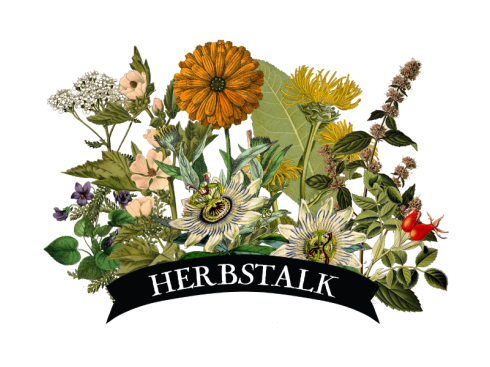
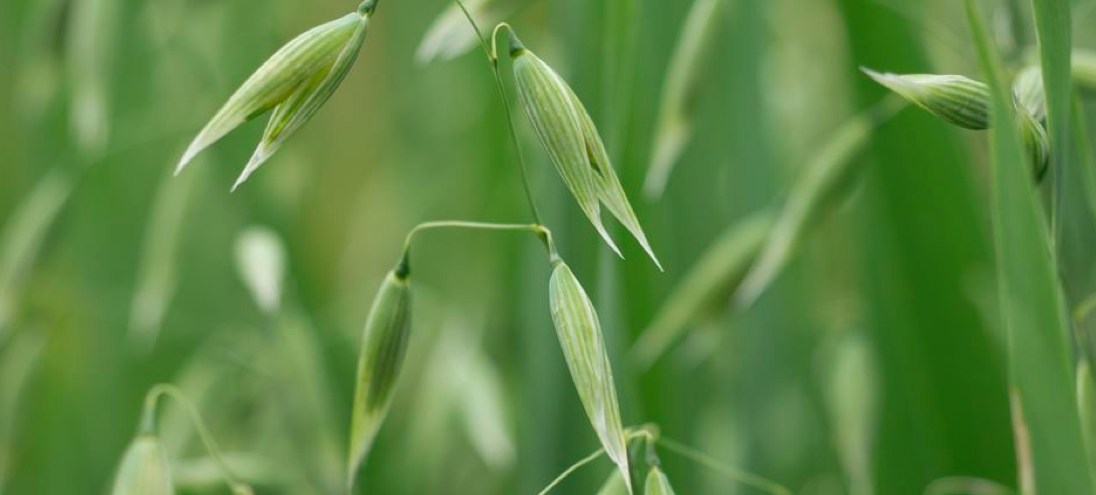
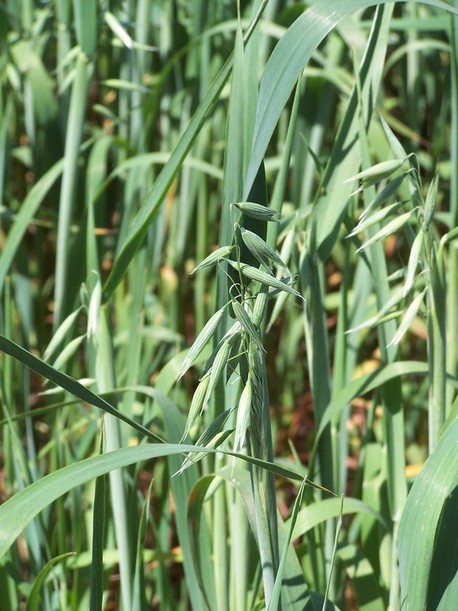
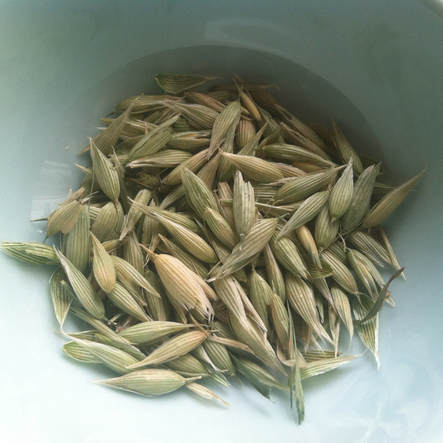
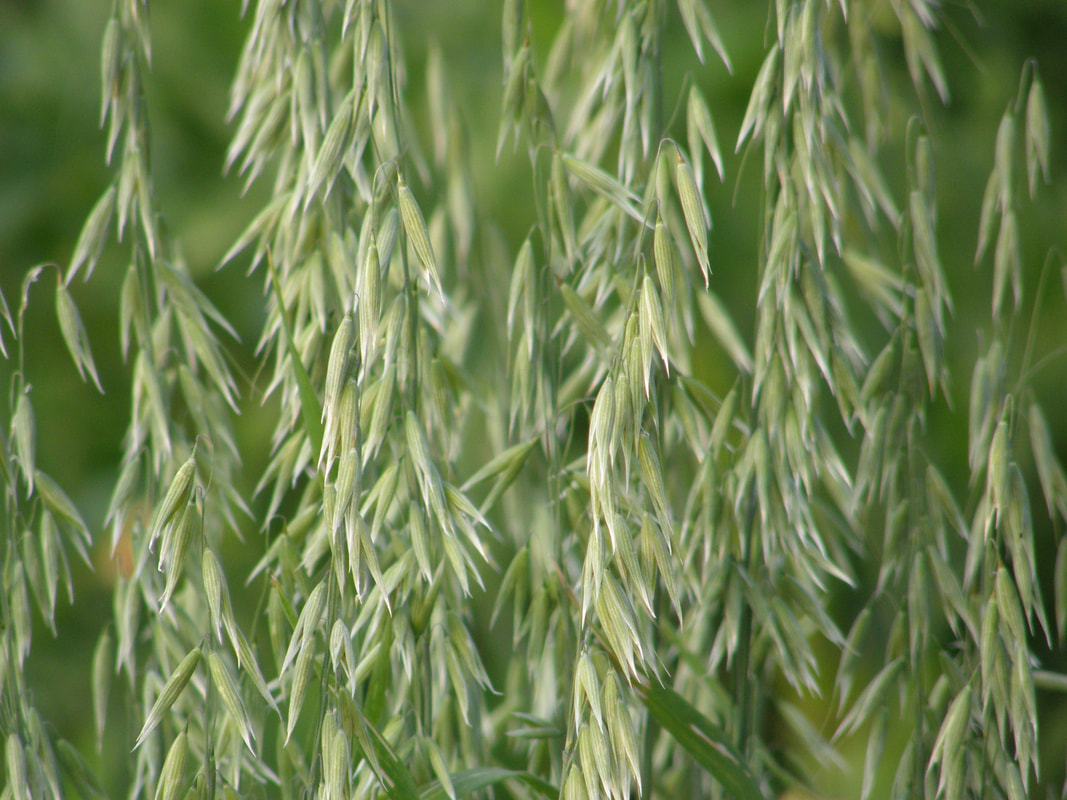

 RSS Feed
RSS Feed